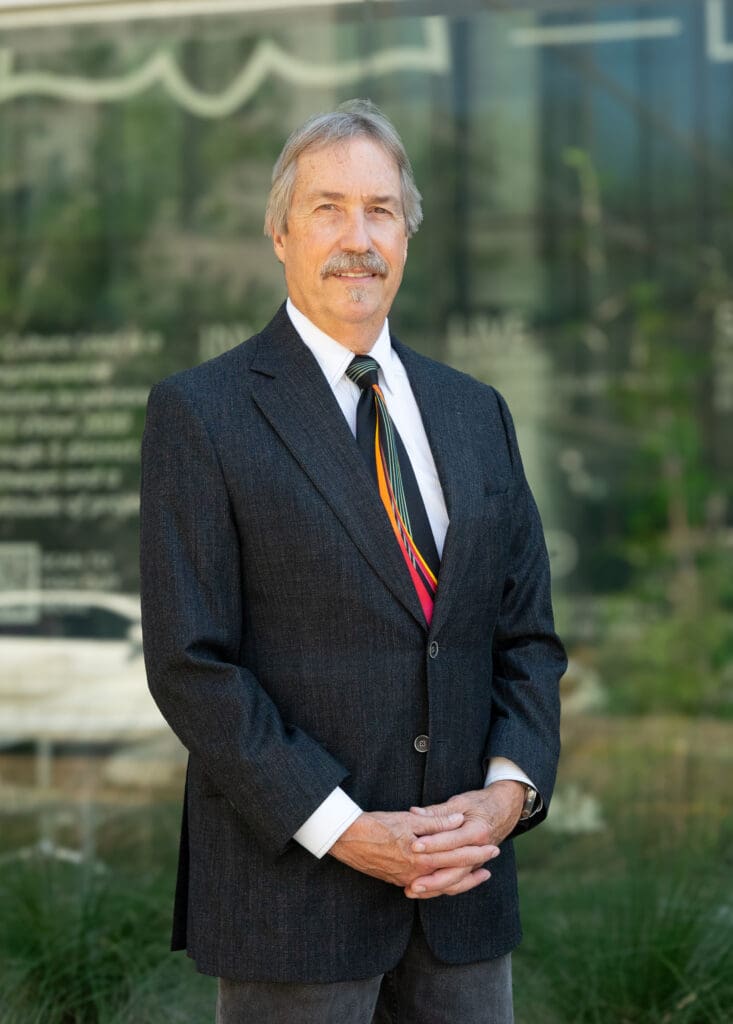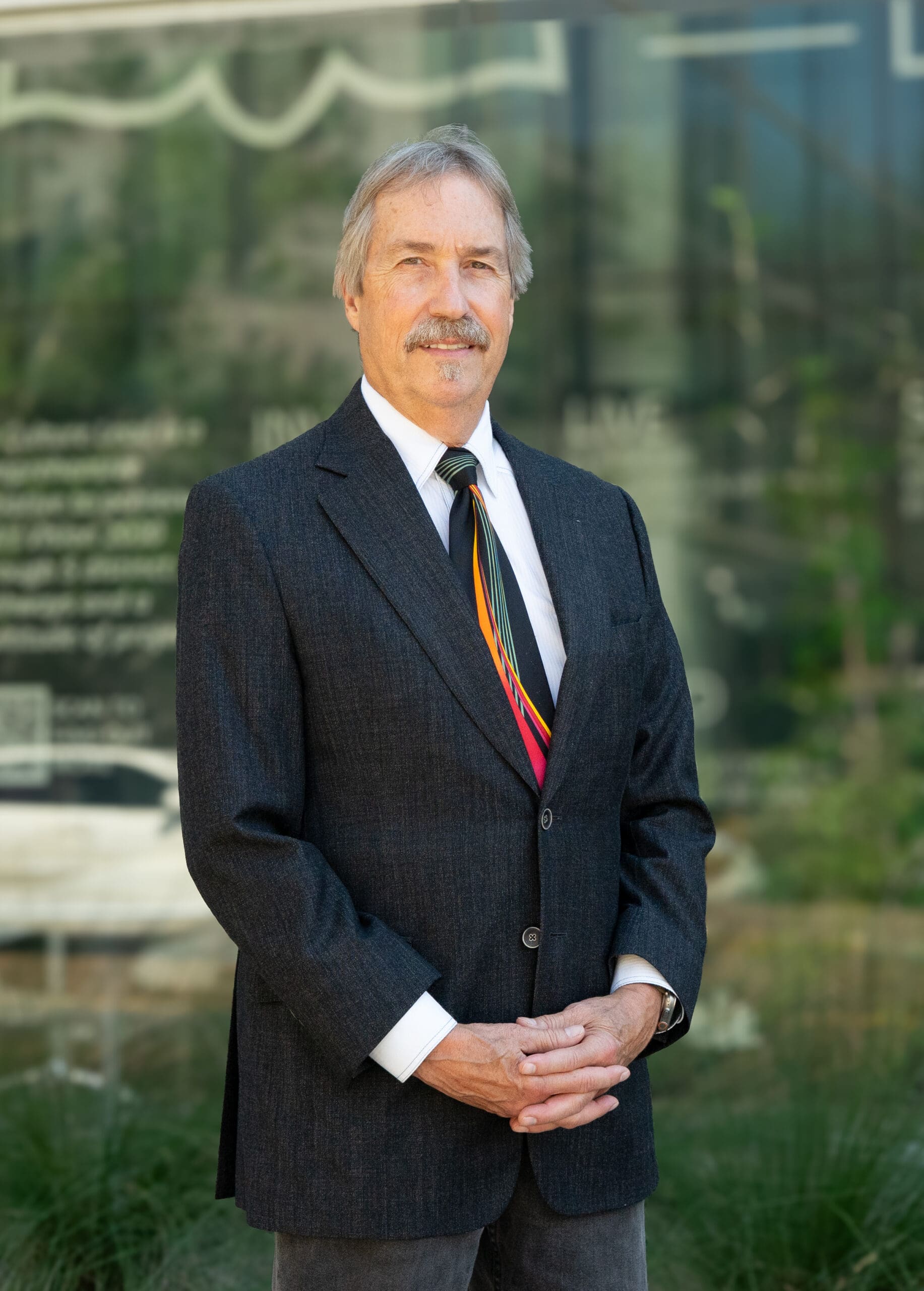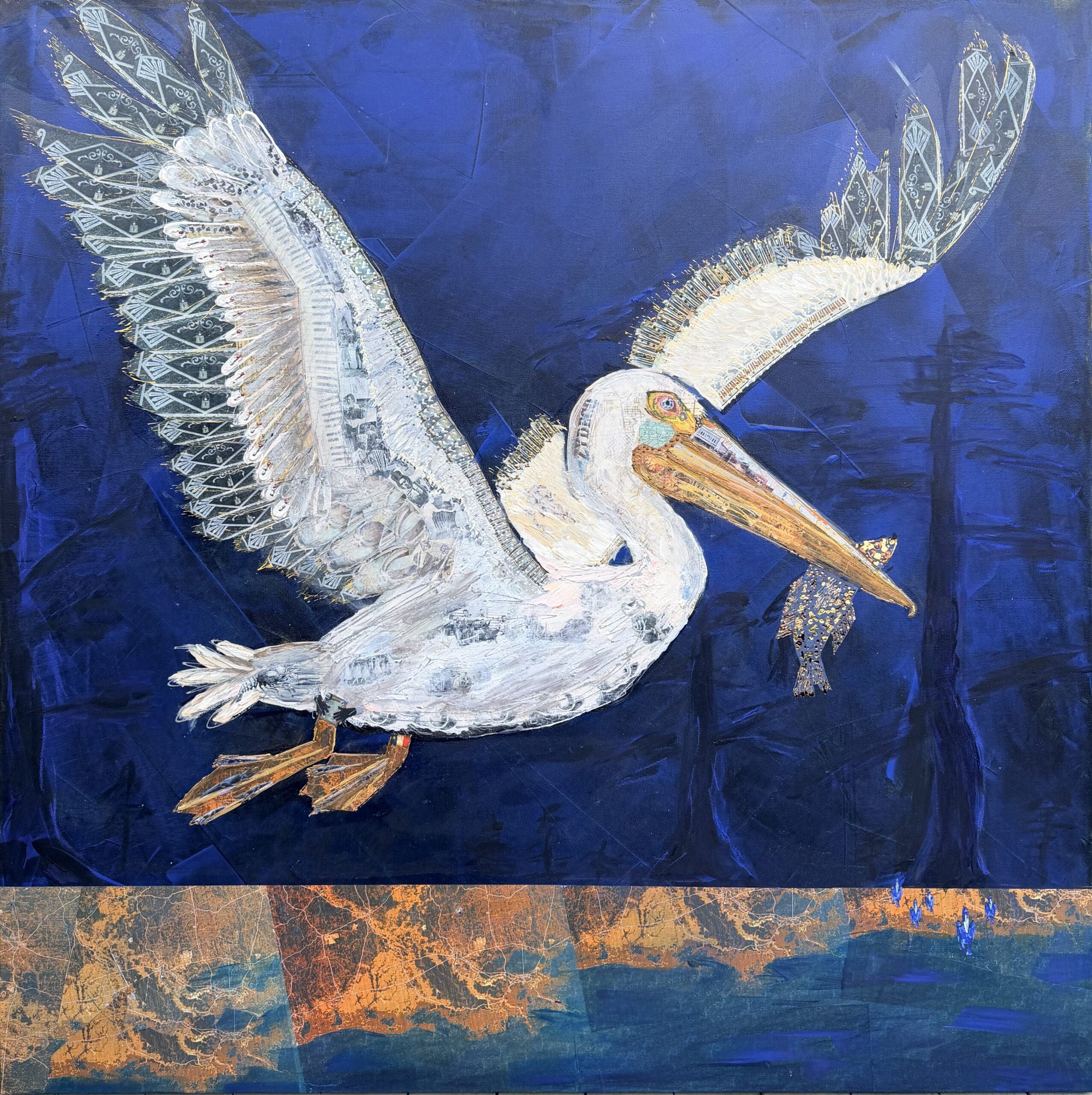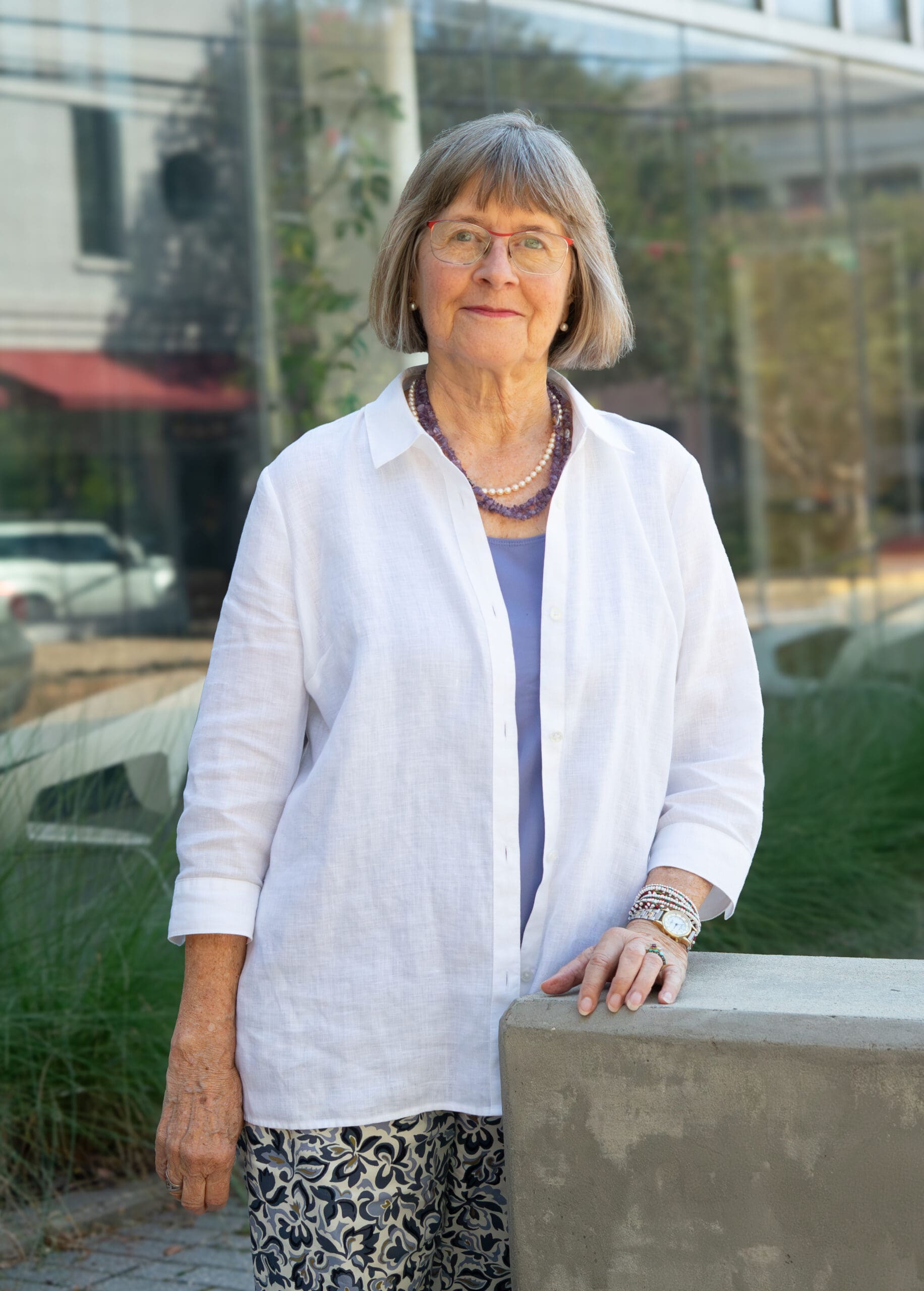
Meet John Chappuis – 2025 Member Emeritus Pelican Ball Honoree
Home is where the heart is.
There’s no place like home.
Adages, however passé they may start to feel to us, exist because enough people think them true to utter them over and over. A person’s connection to the place that made them is a potent force; yet so often smaller cities like ours experience the “brain drain” that comes with seeking more opportunity, more culture. John Chappuis’ story is one of believing enough in the luster of his hometown to not only return to it, but to give of himself in the spirit of making it even better.
Born and raised in Lafayette, a 1969 graduate of Cathedral-Carmel High School, Chappuis was an early community leader as student body president his senior year and as an Eagle Scout. He went on to LSU, then LSU Law, then practiced an impressive 45 years of law.
It was during his time in law school that he met his wife-to-be, Colleen, who practiced law herself for years and after retirement rekindled her vocations as a musician and visual artist. Their marriage would surely help usher John into advocating for the arts.
Chappuis has philanthropy in his blood.
“At some point my mother told me it was time for me to give back to my community,” recalls Chappuis.
He grew up hearing of his great-grandfather Alcide Judice and his son Leo playing important roles in the early days of the Lafayette Parish Public School System, specifically doing the work to put a school bus system into place.
When his own children began attending Episcopal School of Acadiana, he joined the board of trustees there and served as chairman. He was a father with a busy career as an attorney, sure, but he found ways to contribute to the education of his children (and the children of countless others) simultaneously.
He naturally transitioned to serving on the board of trustees at the UL Foundation, serving as chairman, feeling strongly the importance of supporting his local community’s university.
The heart of Lafayette – its Downtown district, so loaded with potential – was where Chappuis’ eye went next, and his heart followed.
“If it were up to me, all of our arts and culture buildings would be downtown,” says Chappuis, his fondness for Jefferson Street and all of its intersections glowing. He readily joined the Lafayette Downtown Development Authority, serving the maximum number of years allowed, as chairman for some of those years. It’s no surprise that the Acadiana Center for the Arts and its potential would soon catch the eye of a man looking for ways to serve Lafayette, specifically its Downtown culture.
Fatefully, Chappuis gained a new neighbor who would help usher his transition from the DDA board to the AcA. Gerd Wuestemann moved into his neighborhood and was soon afterward appointed as AcA’s executive director.
“I could see his house from my kitchen window,” recalls Chappuis. As often happens in South Louisiana, neighbors mingled and something transformative was born. At Wuestemann’s urging, Chappuis readily joined the board of directors (serving as chairman for some time, naturally) and stayed to witness the AcA grow from its humbler, grassroots beginnings to the polished, state-of-the-art facility and organization it is now.
Chappuis was present when making appeals to the powers-that-be in Baton Rouge for a new building to house the AcA, and he was instrumental in fundraising throughout the entire process that saw the jump in evolution that led the AcA to its current home.
He fondly recalls Wuestemann’s leadership in the Downtown Lafayette arts scene.
“Gerd was tremendously talented. He was a doer. We needed a strong artistic lead, which wasn’t easy to find in Lafayette,” says Chappuis.
Together, the neighbors did what they could to add to the coffers of the burgeoning arts organization. Chappuis and Wuestemann (hailed as a “great cook” by Chappuis) held intimate dinners in their homes for thousands of dollars a seat to bring in funds. These small, early fundraisers have grown into bigger affairs like the annual Sunny Side Jazz Brunch, which most recently sold out and raised substantial funds for the AcA’s performing arts programming and their Arts in Education department.
These acts of generosity and openness paint a larger picture – the AcA thrives on the philanthropy of people who believe in the power of art, and who put their money where their mouths are. In a world where government funding for the arts is at risk, the AcA is seeing growth because of people like Chappuis who use their friendships and resources for the greater good.
Chappuis was instrumental in establishing the Jean Breaux Award, a grant program for high school and college students who are practicing artists but don’t have access to the advanced study they might seek. He continues to help obtain funds to keep the award alive and vibrant, along with his legacy of advocating for his community’s students.
Chappuis’ time at LSU Law came into play when developing a professional set of bylaws for the AcA. According to colleagues, he was “absolutely dedicated” to this endeavor. Longtime programs, like Arts in Education, have their existence strengthened by these bylaws, with job descriptions written right into them to ensure the continuation of invaluable positions.
His personal connection to the arts continues to flourish outside of his professional capacity. He’s a “chronic” attendee at AcA concerts and sees most exhibits. In the last year, both Colleen and their son Scott have had work shown in the galleries. Scott is the lead architect for the upcoming Louisiana Music Museum adjacent to the AcA on Vermilion Street.
As someone who has essentially ushered the Acadiana Center for the Arts into its current state of being, Chappuis is pleased with where it is today. He sees a board that has continued to strengthen, and he’s a strong supporter of the current director, Sam Oliver, and what he brings to the table.
“Whenever someone plays a show on that stage at the AcA, they inevitably stop to say something about what a special place Lafayette is,” says Chappuis, who knows it is, and who has made it his life’s work to do something about it.
Written by Brooke Broussard



